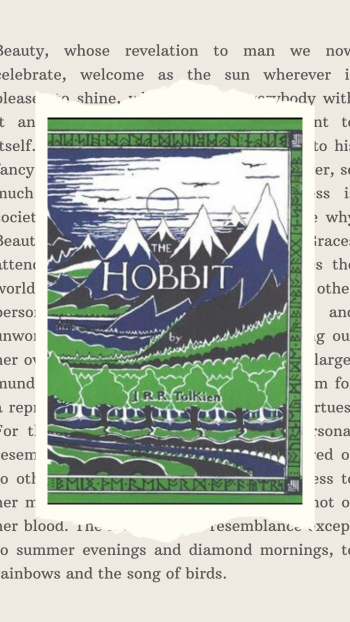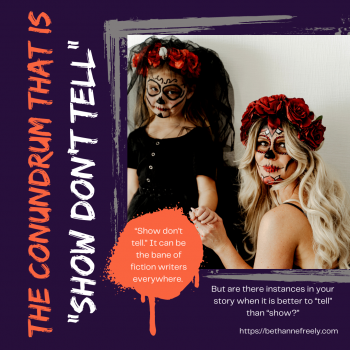Users Who Spiked

7 TIPS ON HOW TO AVOID BIAS IN YOUR WRITING
Private Notes
Private Notes
Notes
Avoiding bias in your writing, especially journalistic or academic forms of writing, is important. It shows your readers you are sensitive to topics and labels that cause concern in today's high-voltage news climate. It also shows that you can look at both sides of an issue and begin writing about it without pushing your view of the situation onto someone else. Here are seven tips to help you avoid bias in your writing so you may present arguments and viewpoints that meet everyone's expectations.
TIP #1: ALWAYS USE THIRD-PERSON POINT OF VIEW
To avoid bias in your writing, always use the third person point of view. First-person plural pronouns, such as "we," "our," and "us," should be reserved for fiction writing. These pronouns give the impression that you and your audience have had the same experience and came to the same conclusion. This is not always the case. Use third-person pronouns in your writing instead.
Example:
Biased: We think it is important to wear masks during this pandemic.
Unbiased: The CDC thinks it is important to wear masks during this pandemic.
TIP #2: WHEN MAKING COMPARISONS, USE WORDS THAT DO NOT REFLECT YOUR FEELINGS
Compare and contrast pieces can be filled with bias if you are not careful. You need to choose the words you use in your writing so that the reader does not feel like they are reading your personal opinions. Words like "bad," "better than," "worse than," "normal," "ordinary" and so on, present the reader with your bias. Instead, use words or phrases that put the two things you are comparing on equal footing. Use facts instead of feelings when comparing things in your writing.
Example:
Biased: The New England Patriots have 6 Super Bowl rings, which is better than the Dallas Cowboys.
Unbiased: The New England Patriots have 6 Super Bowl rings, which is one more than the Dallas Cowboys.
TIP #3: BE SPECIFIC WHEN WRITING ABOUT A GROUP OF PEOPLE
When writing about groups of people, you can avoid bias by being as specific as possible. Use age ranges instead of a general term ("aged 65 and over" vs. "senior citizens"). Use the specific culture or ethnicity. Use male or female. The more specific you are in your writing, the less chance there is of your reader misunderstanding the group you are talking about and taking offense.
Example:
Biased: The group was made up of senior citizens.
Unbiased: The group was made up of women 65 to 70.
TIP #4: NAME THE PERSON YOU ARE SPEAKING ABOUT FIRST AND THEN THE DESCRIBING ADJECTIVE
As writers, we sometimes describe people using the adjective first and the noun. For example, we will write "the disabled person" or "the deaf person." This is biased because we are reducing the person to their disability or descriptive trait. To avoid this in your writing, refer to the person first and then use the descriptor.
Example:
Bias: The deaf man uses sign language to communicate.
Unbiased: The man with a hearing disability uses sign language to communicate.
TIP #5: GO GENDER NEUTRAL
Instead of using man or woman to denote a person in your writing, avoid bias by using gender-neutral designations.
Example:
Bias: The mailman dropped off a package.
Unbiased: The mail carrier dropped off a package.
TIP #6: USE AN INCLUSIVE PERSONAL PRONOUN
Unless you are specifically writing about someone and you know their preferred personal pronoun, use an inclusive pronoun in your writing. The conversation of preferred personal pronouns is continuously developing, and you do not want to come across as bias by using the wrong one, even if it is in error. "They" and "their" can be used as singular and plural pronouns.
Example:
Bias: The student was encouraged to turn in her project.
Unbiased: The student was encouraged to turn in their project.
TIP #7: DO NOT ASSUME YOU KNOW A PERSON'S GENDER
When you use a person's name in your writing, you may use "he" or "she" so you are not typing the name over and over. However, you cannot assume that you know a person's gender is you are not told beforehand. Michael could be a woman's name or Devan a man's. Instead of showing bias, try to avoid gendered pronouns in your writing.
Example:
Bias: Award-winning photojournalist M.C. Warner liked his fish and chips with malt vinegar.
Unbiased: Award-winning photojournalist M.C. Warner liked the fish and chips with malt vinegar.
By keeping bias out of your writing, you will deliver richer content that will appeal to a wider audience. It will also show your audience that you can look at both sides of an issue objectively and keep your own feelings out of the mix.





































